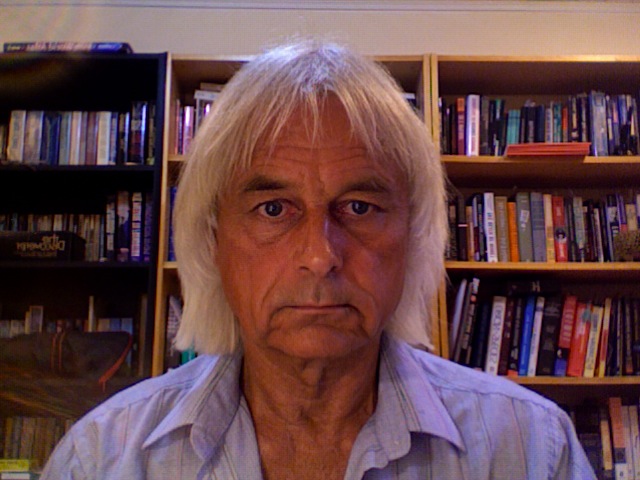Some of the "bank deposits" (credit money) that banks create are converted by bank customers into central bank-issued "currency" (cash money); and get spent into the economy. But before the central bank issues currency to a commercial bank, the commercial bank must have reserve deposits. A commercial bank gets reserves by first issuing bank deposits to purchase a government bond, then selling the bond to its central bank in exchange for a deposit added to its reserve account. The commercial bank can then convert some of its reserve balance into cash money, and the central bank will send an armored truck full of banknotes (cash money) to the bank. The bank can then make the cash available to its deposit customers.
Nobody "prints and spends" cash into circulation. All of the numerical quantity of "money" begins its existence as bank reserves or bank deposits that are issued by central and commercial banks to "purchase debts". Governments issue coins, which comprise about one ten thousandth of the numerical quantity of the money supply. Only about 2 - 3% of all bank deposits have been "traded in" for cash money. 97 - 98% of the money supply exists as nothing more than numbers in bank computers.
As Graham Towers testified in 1939, All money begins its existence as bank loans, which are debts, so all money is debt. All of the "money" is owed to the money-issuing banking system as debt repayments. There is no independent supply of "money" that is not "owed" to a bank.
So if we ignore (for a moment) the interest debt that banks add to the loan principal repayment debt, the bank-debt money system is a $0 sum equation where total money = total debt. Including interest debt makes the equation negative sum: banks add more debt into the equation than they add money. When loan principal is repaid, all of the money is extinguished. The interest debt is still "owed". But no money exists to "pay" the interest.
Borrowers of newly issued bank credit-money spend the money into the economy where other people earn the spent money. Individuals and businesses do not spend all the money they earn. People "save" some of their money. And there's the rub.
When we look at the basic reality that people hoard money, we see that the negative sum equation becomes a declining sum equation where the system's total debt rapidly becomes arithmetically unpayable; unless ever-increasing quantities of new bank credit-money (which comes with new debt) are constantly added into the system.
People who earn the new money by building the house and expanding the business "save" some of their earnings. They spend some, which becomes the next person's earnings, and that earner also saves some of their earnings. Eventually all of the money has been earned and finally saved by somebody. Savers "save" money, remove it from the spending-earning stream. Saved money is not spent back into the economy where debtors can earn the money back to repay their bank loans. Saved money is "removed from circulation".
So while the total amount of "money" in the system is equal to the total amount of loan principal debt that remains outstanding; that money is not available for "earning" by the debtors. If money is being held, not spent, then nobody can "earn" money by providing work or goods or services to "spenders".
Next Page 1 | 2 | 3 | 4 | 5 | 6 | 7 | 8 | 9 | 10 | 11 | 12 | 13
(Note: You can view every article as one long page if you sign up as an Advocate Member, or higher).





